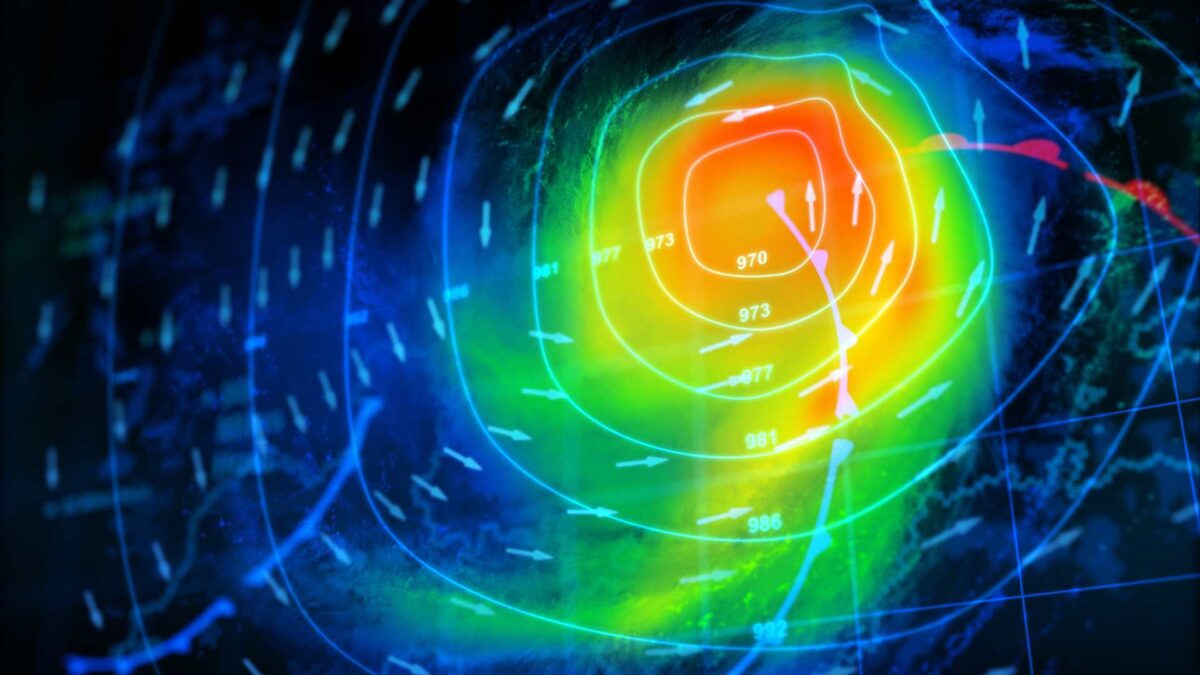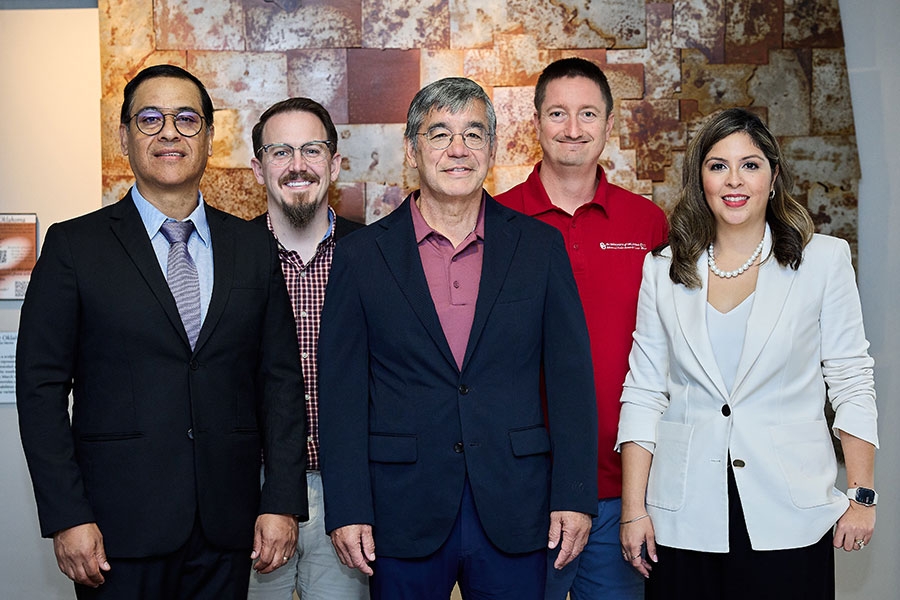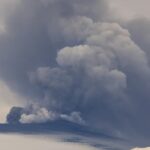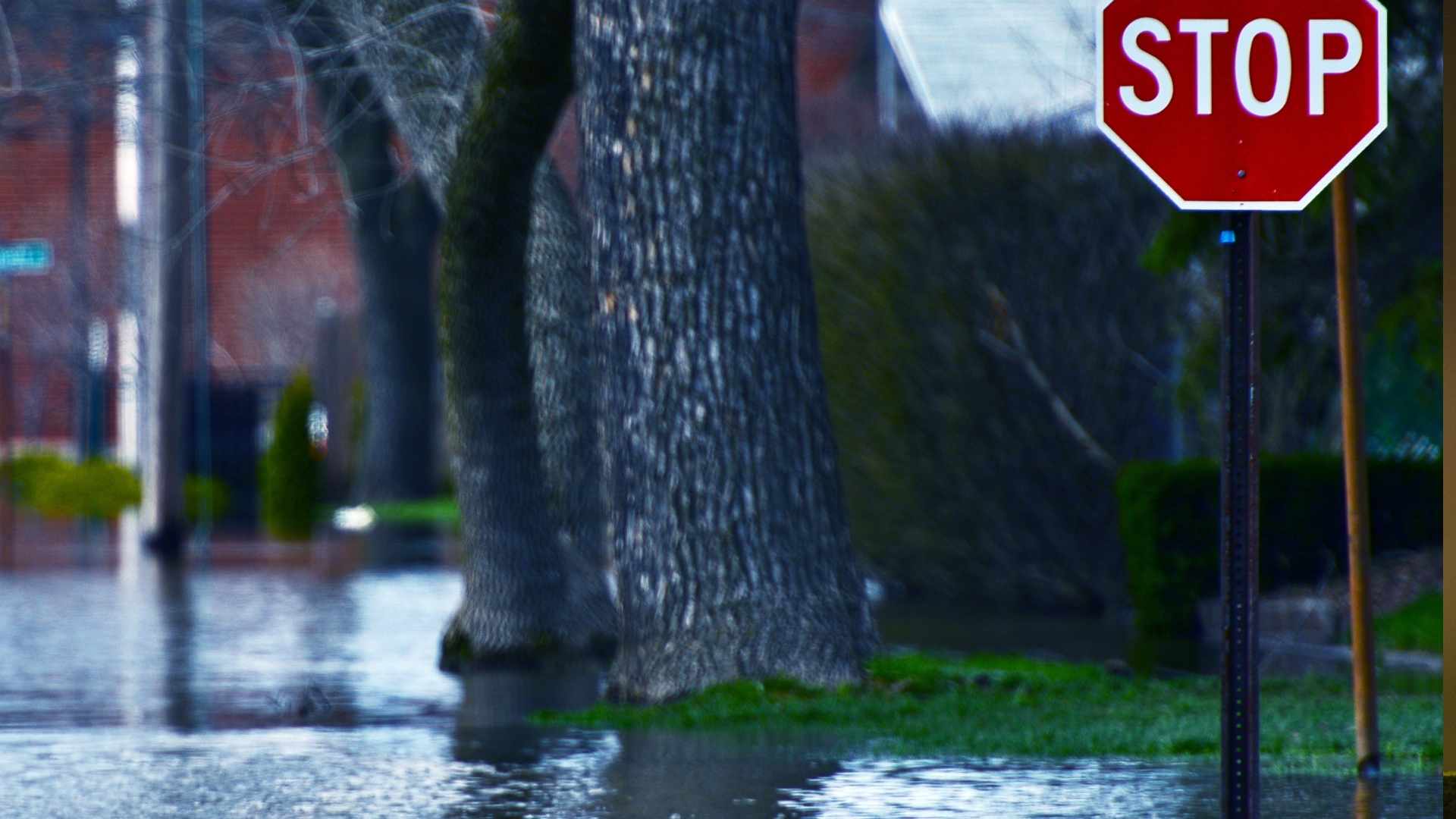
New US radar project aims to revolutionise weather forecasting

Researchers at the University of Oklahoma’s Advanced Radar Research Center have secured a $19.9 million (€18.3 million) award from the US National Science Foundation to develop a new type of mobile weather radar that could transform atmospheric research.
The project, known as KaRVIR, will deliver two advanced Ka-band radar systems capable of capturing rapid, three-dimensional scans of clouds, winds and smoke plumes. Each system will be mobile, allowing scientists to deploy them in the field to study weather events, cloud formation and wildfire behaviour in unprecedented detail.
Robert Palmer, dean of the College of Atmospheric and Geographic Sciences and co-principal investigator, said the project marked “a remarkable leap in radar technology”. He said the new system would not only improve scientific understanding of the atmosphere but also help train future generations of weather scientists and engineers.
Ka-band radar operates at a higher frequency than most conventional weather radars, allowing it to detect a greater range of particle sizes. This level of precision will help researchers examine how clouds develop and how fire and smoke spread through the air.
Jorge Salazar, professor of electrical and computer engineering and the project’s principal investigator, said KaRVIR would offer “four-dimensional observation of clouds, precipitation and winds”. He said the system would help unlock new insights into weather systems, turbulence and boundary layer dynamics.
The new radar will produce high-resolution data on cloud microphysics and 3D air motion, improving forecasts and enhancing the accuracy of severe weather warnings. It will also provide critical information for wildfire monitoring and for predicting long-range smoke transport, which affects air quality.
The project brings together experts from the university’s engineering and atmospheric science faculties and radar engineers from the Advanced Radar Research Center. Collaborators include the University of Massachusetts, NASA, the National Center for Atmospheric Research and the University of Puerto Rico Mayaguez, with industry input from companies such as Blue Origin.
The Oklahoma team has a strong track record in radar innovation, having designed earlier systems across multiple radar bands. The researchers say KaRVIR will build on that work and provide a new benchmark for studying the atmosphere in real time.









